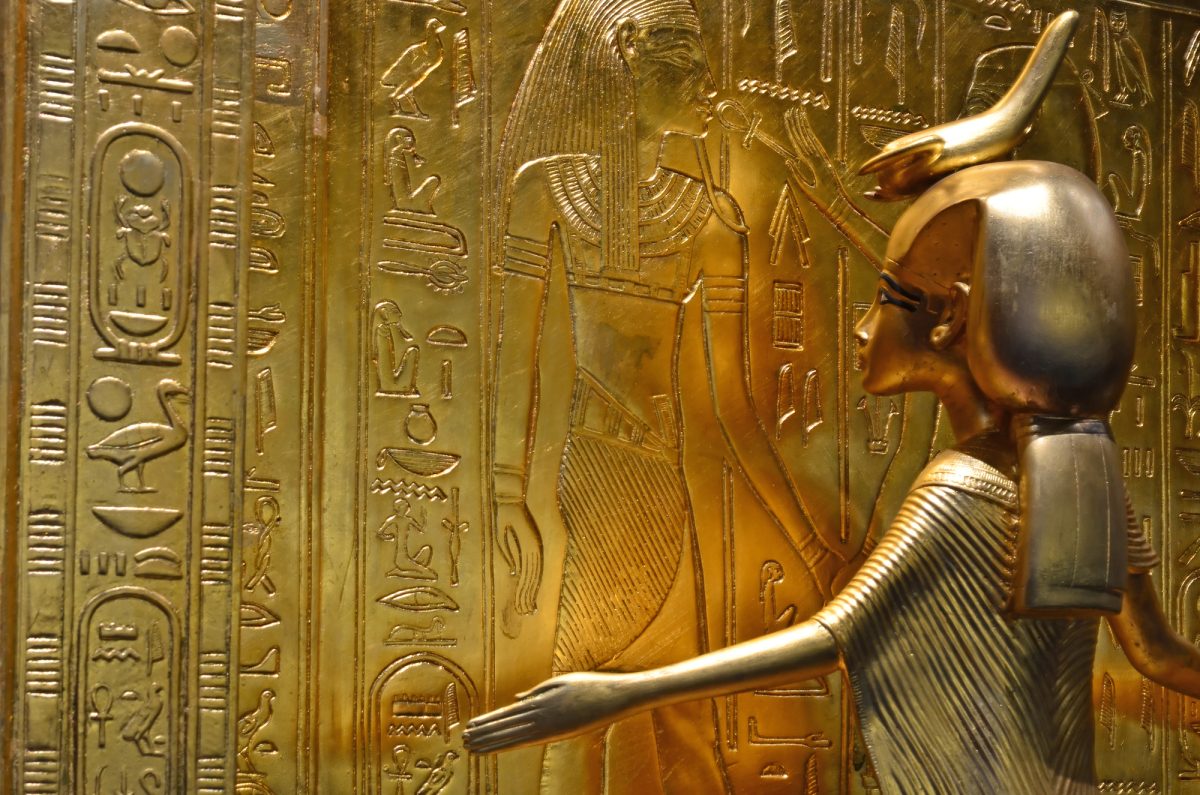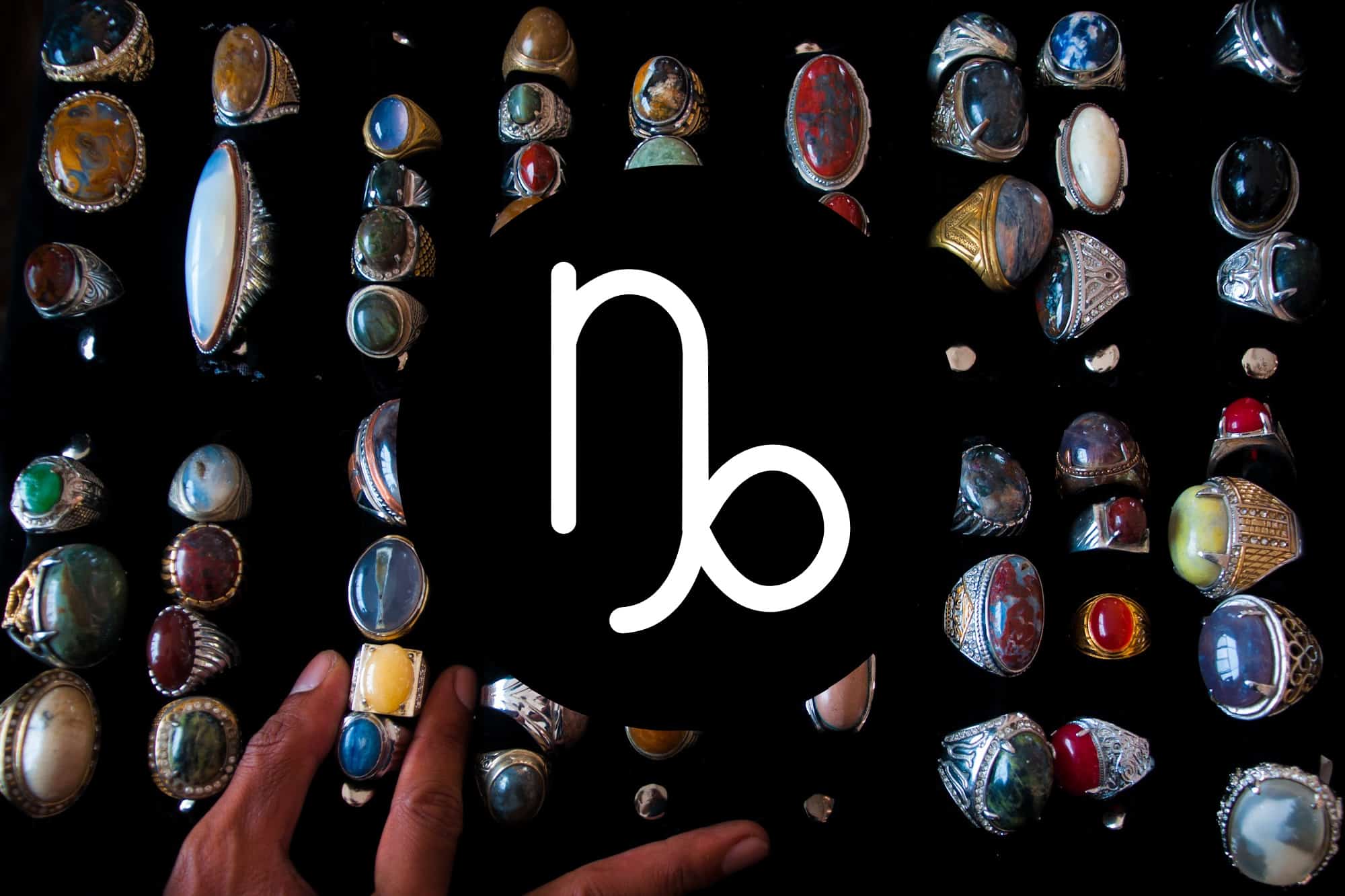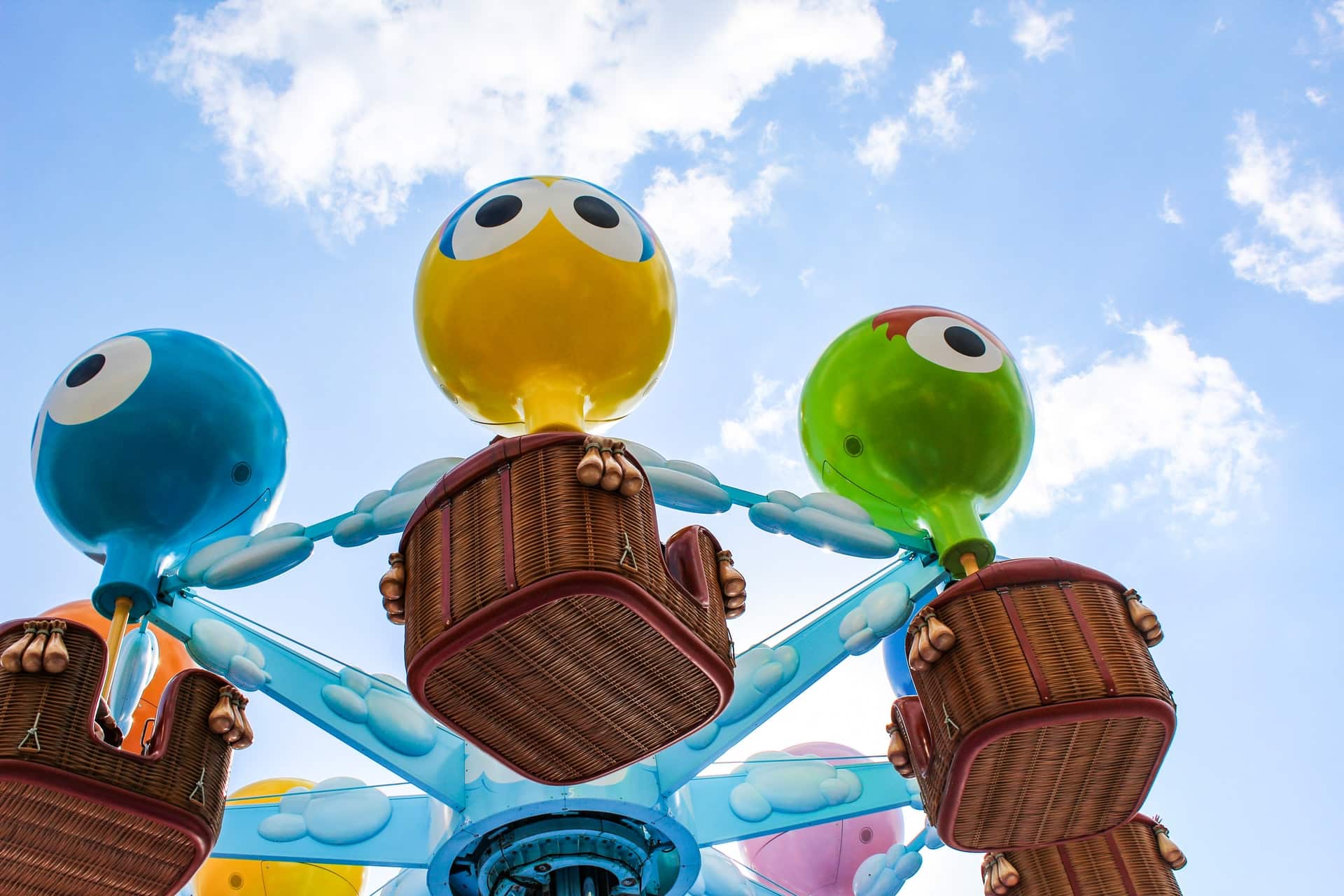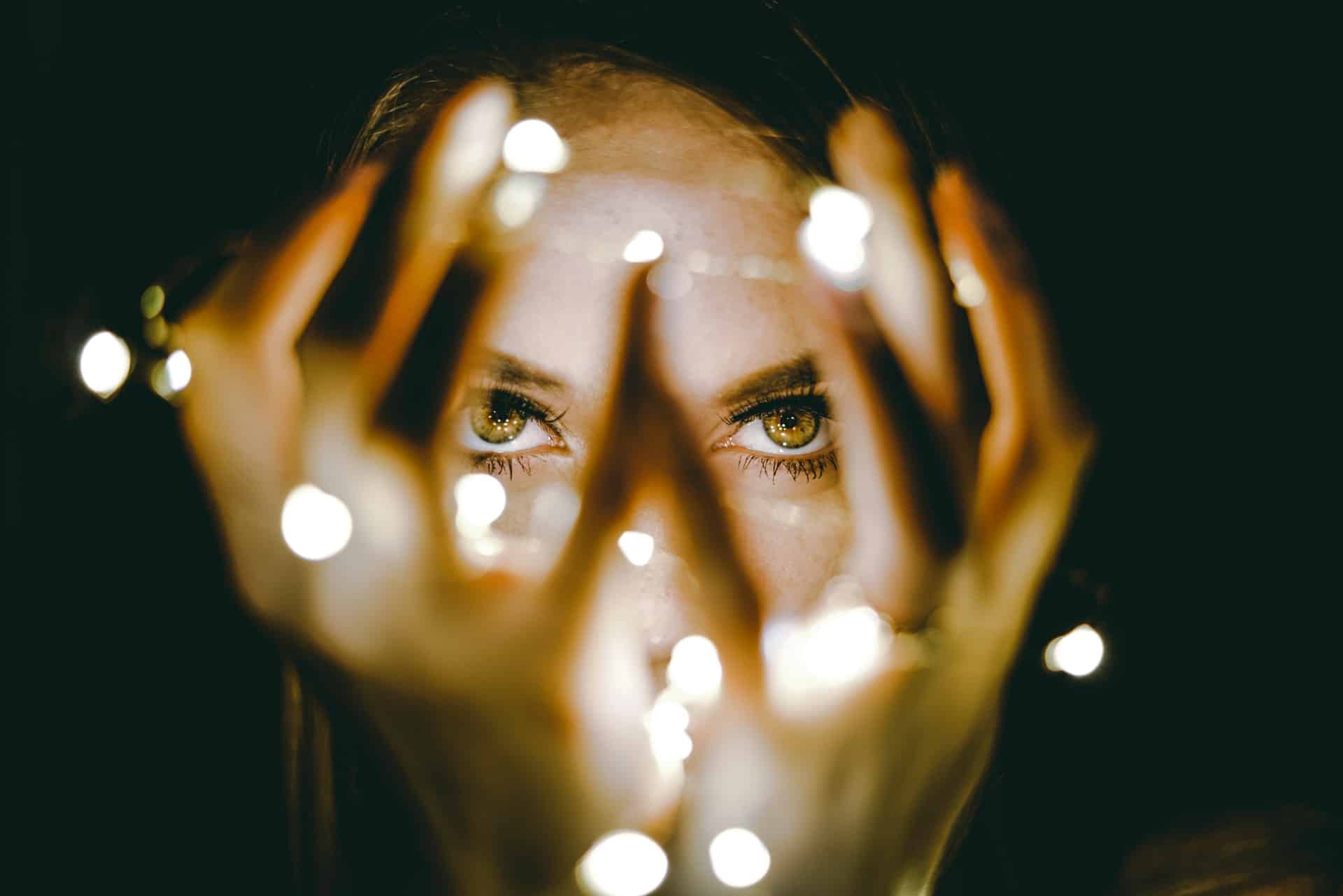Witchcraft: A Fascinating History of Magic, Beliefs, and Misconceptions
Witchcraft is a term that has been used throughout history to describe a variety of beliefs and practices involving the use of magic.
It has been practiced by different cultures and groups all over the world, from ancient Mesopotamia to modern Wicca.
However, many societies have misunderstood, feared, and persecuted witchcraft, especially during the medieval and early modern periods in Europe and America.
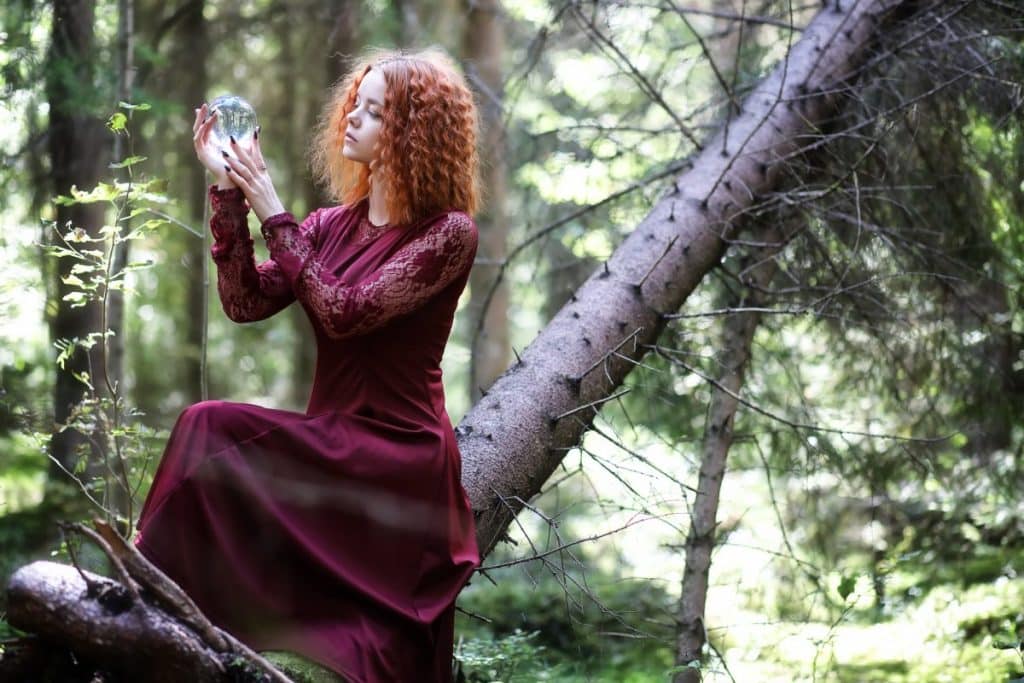
In this article, we will explore the fascinating history of witchcraft, its origins, misconceptions, and the reasons why it still captivates us today. We will answer some of the most frequently asked questions about witchcraft and examine how it has evolved over time.
Table of Contents
What is Witchcraft, and How Does it Differ From Other Forms of Magic?
Witchcraft is the practice of using supernatural or magical powers to achieve a desired outcome. This can include the use of spells, incantations, and divination, among other things. While many people associate witchcraft with the use of black magic or the devil, the reality is that witchcraft has traditionally been used for benevolent purposes, such as healing, protection, and fertility.
It is important to note that witchcraft differs from other forms of magic in that it is often associated with a specific individual or group. In other words, witches usually practice witchcraft and are believed to possess innate magical abilities.
Other forms of magic, such as ceremonial magic or Hermeticism, are often more structured and are based on specific rituals or systems.
How Did Witchcraft Develop and Spread Across Different Cultures and Regions?
The history of witchcraft is a long and complex, with many different cultures and regions developing their own unique practices and beliefs.
One of the earliest examples of witchcraft can be found in ancient Mesopotamia, where there were priestesses known as witches who were revered for their ability to communicate with the gods.
Ancient Greece’s goddess Hecate was associated with magic, witchcraft, and the moon. The Romans also had a rich tradition of magic and witchcraft, with the word “veneficus” being used to describe someone who practiced black magic.
Witchcraft also played a significant role in medieval Europe, where it was often associated with heresy and devil worship.
During this time, many people, particularly women, were accused of being witches and were often subjected to horrific torture and execution.
In other parts of the world, such as Africa and the Americas, witchcraft was often associated with traditional religious practices and beliefs. In some cultures, witchcraft was seen as a way to communicate with the spirit world and to gain insight into the future.
Today, witchcraft continues to be practiced by people all over the world, with many different traditions and belief systems.
How Did Witchcraft Become Associated With Evil, Satanism, and Heresy?
One of the most enduring misconceptions about witchcraft is that it is associated with evil, Satanism, and heresy. This misconception can be traced back to the medieval period in Europe, where witchcraft was often associated with devil worship.
During this time, many people, particularly women, were accused of being witches and were often subjected to horrific torture and execution. The witch hunts of the 16th and 17th centuries are a particularly dark chapter in the history of witchcraft, with tens of thousands of people being accused of witchcraft and executed.
The association of witchcraft with evil and Satanism continued into the modern era, with popular culture often portraying witches as evil or malevolent.
This image was perpetuated in literature, film, and television, with witches often being depicted as old hags riding broomsticks or casting spells on innocent victims.
However, witches have traditionally been associated with benevolent magic, such as healing, protection, and fertility. Many modern witches reject the association of witchcraft with evil or Satanism, instead focusing on the positive aspects of their craft and promoting a message of harmony with nature and the universe.
How Did Witch Hunters Identify, Accuse and Punish Suspected Witches?
During the witch hunts of the medieval and early modern periods in Europe, witch hunters used a variety of methods to identify, accuse, and punish suspected witches.
One of the most common methods was the use of “witch prickers,” who would use a sharp instrument to pierce a suspected witch’s skin to find a “devil’s mark” or a spot where the devil had supposedly kissed the witch.
Other methods of identifying witches included the use of “witch cakes,” which were made from rye meal and the urine of a suspected witch, and the use of “spectral evidence,” which was testimony from witnesses who claimed to have seen the accused witch’s spirit or image.
Once a person was accused of witchcraft, they were often subjected to horrific torture in order to extract a confession. Common methods of torture included the rack, the thumbscrew, and the strappado.
Many accused witches died under torture, while others were executed after confessing to crimes they had not committed.
How Did Witch Trials Affect Society, Politics, and Religion?
The witch trials of the medieval and early modern periods significantly impacted society, politics, and religion.
The trials were often fueled by religious and political tensions, with accusations of witchcraft used to discredit political opponents or enforce religious orthodoxy.
The witch hunts also had a devastating impact on the communities where they took place. Accusations of witchcraft often led to widespread panic and hysteria, with many innocent people being accused and persecuted.
The trials also had a chilling effect on freedom of thought and expression, with many people living in fear of being accused of witchcraft.
How Did Witchcraft Survive Persecution and Repression?
Despite the persecution and repression that witches have faced throughout history, witchcraft has survived and even thrived in some cultures. In many cases, the persecution of witches actually helped to solidify their beliefs and practices, as they were forced to go underground and develop secret rituals and traditions.
In other cases, the survival of witchcraft can be attributed to its adaptability and ability to incorporate new beliefs and practices. For example, modern Wicca, which emerged in the 1950s and 60s, draws on a variety of ancient and modern traditions, including Celtic mythology and Western esotericism.
How Did Witchcraft Influence Art, Literature, and Popular Culture?
Witchcraft has significantly influenced art, literature, and popular culture throughout history.
From Shakespeare’s Macbeth to the Harry Potter series, witches and witchcraft have been popular subjects in literature and entertainment for centuries.
In the visual arts, witchcraft has been depicted in everything from medieval woodcuts to contemporary paintings and sculptures.
Many artists have been inspired by the rich symbolism and imagery associated with witchcraft, including the pentagram, the moon, and the broomstick.
In popular culture, witches have been portrayed in a wide variety of ways, from the wicked witch of the west in The Wizard of Oz to the wise and benevolent witches in the television series Charmed.
These portrayals have helped to shape our understanding of witches and their craft and have contributed to the enduring fascination with witchcraft that persists to this day.
How Does Witchcraft Relate to Modern Paganism, Feminism, and Ecology?
Today, witchcraft is often associated with modern paganism, feminism, and ecology. Many modern witches see their practice as connecting with nature and promoting environmentalism and sustainability.
They also view their craft as a way to promote gender equality and to empower women.
In modern paganism, witchcraft is often seen as a way to connect with ancient traditions and to honor the cycles of the earth and the moon.
Many pagans use witchcraft to celebrate the changing of the seasons and connect with the divine.
In feminism, witchcraft has been embraced as a way to challenge patriarchal structures and to promote women’s empowerment. Many feminist witches see their craft as a way to reclaim the power that has been taken away from women throughout history.
In ecology, witchcraft has been embraced as a way to promote environmentalism and sustainability. Many witches see themselves as stewards of the earth and view their craft as a way to promote respect for the natural world.
The History
The history of witchcraft is fascinating and filled with complex beliefs, practices, and misconceptions. From ancient Mesopotamia to modern Wicca, witchcraft has been practiced by different cultures and groups throughout history.
While it has been associated with evil and persecution in some cultures, it has also been revered and respected in others.
Today, witchcraft continues to be practiced by people all over the world, with many different traditions and belief systems. It has significantly impacted art, literature, and popular culture and has influenced movements such as modern paganism, feminism, and ecology.
Despite its long and varied history, witchcraft remains a mysterious and fascinating subject, inspiring curiosity and wonder in those who study it.
Whether one practices witchcraft or is simply curious about its history and beliefs, there is much to learn and appreciate about this rich and complex tradition.
As society continues to evolve and change, it will be interesting to see how witchcraft and its various traditions continue to adapt and evolve alongside it.


